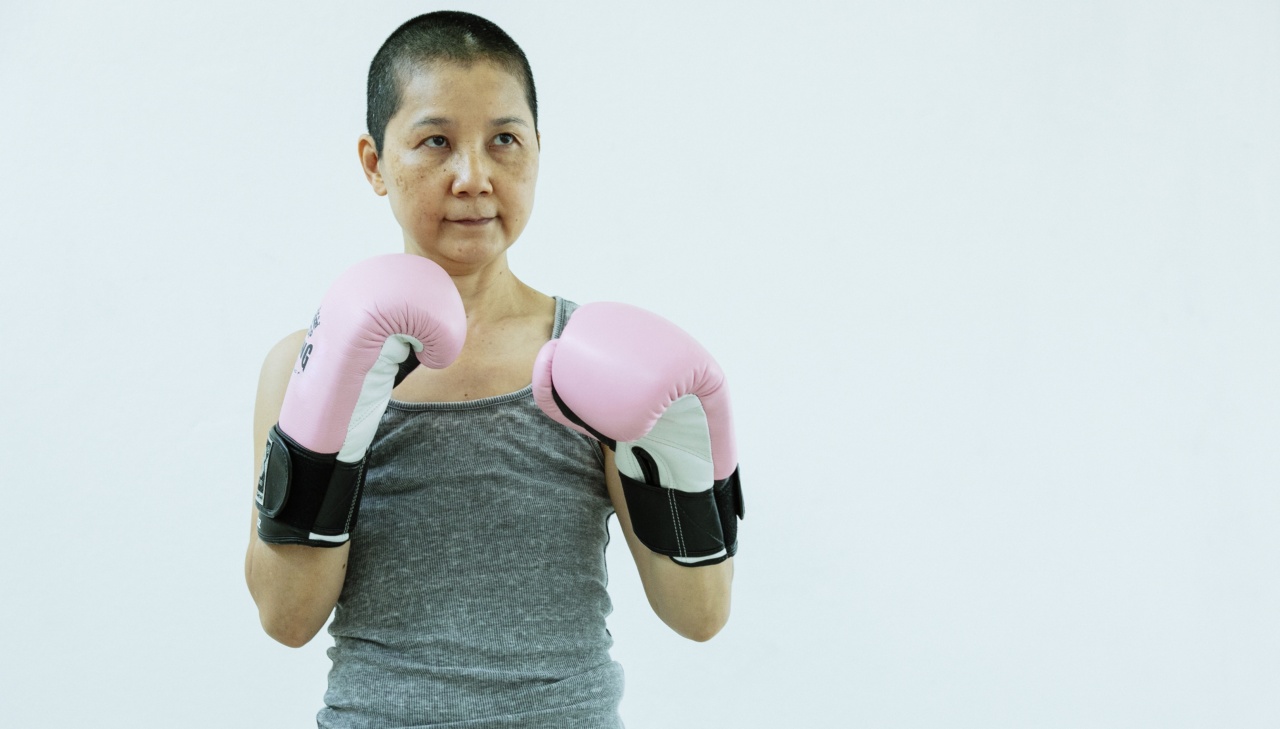As we age, the body experiences changes that can lead to chronic inflammation and a decline in physical function.
One of the most effective ways to combat these changes is through exercise, specifically targeted exercise routines that focus on improving overall health and fighting inflammation. In this article, we will explore some of the best exercise routines for preventing aging and inflammation, including the benefits and how to get started.
High-Intensity Interval Training
High-Intensity Interval Training (HIIT) has become increasingly popular in recent years because it has been shown to be an effective way to improve cardiovascular health, reduce inflammation, and increase energy levels.
HIIT involves intense periods of exercise, usually lasting between 30 seconds to a few minutes, followed by short recovery periods. This type of exercise can be done with various modes and types of exercise, such as running, cycling, strength training, or other forms of cardio.
The benefits of HIIT have been proven in numerous studies.
One study published in the Journal of Physiology found that HIIT improved insulin sensitivity and reduced inflammation in older adults, which can help reduce the risk of chronic diseases that are associated with aging.
If you’re interested in trying HIIT, it’s essential to start slow and gradually increase the intensity over time.
Begin with short intervals, such as 30 seconds on and 30 seconds off, and gradually increase the duration and intensity as your fitness level improves.
Resistance Training
Resistance training, or weightlifting, is another excellent way to fight aging and inflammation.
This type of exercise helps to maintain or increase muscle mass, which is essential for maintaining overall physical function, improving bone density, and reducing the risk of falls and injuries.
Resistance training also helps to reduce inflammation in the body, according to research published in the Journal of Applied Physiology.
The study found that resistance training reduces pro-inflammatory cytokines in the body, which are linked to chronic diseases.
Getting started with resistance training can be intimidating, but it’s essential to start with light weights and simple exercises and gradually build up over time.
Work with a trainer or coach to ensure proper form and technique to prevent injuries.
Yoga
Yoga is another form of exercise that can be effective in reducing inflammation and slowing the aging process. Yoga involves a series of static postures and stretches that improve flexibility, balance, and strength.
Research has shown that yoga can reduce inflammation in the body by reducing stress and increasing circulation.
A study published in the Journal of Clinical and Diagnostic Research found that practicing yoga for 12 weeks reduced inflammatory markers in the body significantly.
If you’re new to yoga, start with beginner classes or online videos and focus on proper breathing and alignment. As you progress, you can try more advanced poses and sequences.
Cardiovascular Exercise
Cardiovascular exercise, such as running, cycling, or brisk walking, is another essential component of an anti-aging exercise routine.
Cardiovascular exercise helps to improve cardiovascular health, increase circulation, and reduce inflammation in the body.
A study published in the Journal of the American Geriatrics Society found that aerobic exercise improved inflammatory markers in older adults, reducing the risk of chronic diseases associated with aging.
To get started with cardiovascular exercise, choose an activity that you enjoy and start with 10-15 minutes of activity per day.
Gradually increase the duration and intensity over time, aiming for 30-60 minutes of activity per day for optimal health benefits.
Pilates
Pilates is a form of exercise that focuses on core strength, flexibility, and balance. Pilates involves a series of mat exercises and equipment-based exercises, such as the reformer or cadillac.
Research has shown that Pilates can be effective in reducing inflammation and improving physical function.
A study published in the Journal of Aging and Physical Activity found that Pilates reduced biomarkers of inflammation in older adults and improved physical function.
If you’re interested in trying Pilates, consider taking a class or working with a certified instructor. Begin with beginner exercises and gradually build up to more advanced movements.
Walking
Walking is one of the easiest and most accessible forms of exercise, and it can have significant benefits in reducing inflammation and slowing the aging process.
Walking helps to improve cardiovascular health, increase circulation, and reduce stress, all of which can help to reduce inflammation in the body.
A study published in the American Journal of Preventative Medicine found that walking for at least 30 minutes per day was associated with a reduction in inflammatory markers in postmenopausal women.
To get started with walking, aim for at least 30 minutes of moderate-intensity walking per day. Consider walking with a friend or joining a walking group for added motivation and accountability.
Swimming
Swimming is another excellent form of exercise that can help to fight aging and inflammation. Swimming is low-impact, which means it’s easy on the joints and muscles, making it an ideal form of exercise for older adults or those with injuries.
A study published in the journal PLOS ONE found that swimming improved physical function, reduced inflammation, and increased antioxidant activity in older adults.
To get started with swimming, consider joining a local pool or community center that offers swimming programs or lessons. Start with shorter swims and gradually increase the duration and intensity over time.
Cycling
Cycling is another low-impact form of exercise that can be effective in reducing inflammation and slowing the aging process.
Cycling helps to improve cardiovascular health, increase circulation, and reduce stress, all of which can help to reduce inflammation in the body.
A study published in the European Journal of Applied Physiology found that cycling reduced inflammation and improved immune function in older adults.
To get started with cycling, consider investing in a stationary bike or joining a local cycling group. Gradually increase the duration and intensity of your rides over time.
Balance and Flexibility Exercises
In addition to traditional forms of exercise, balance and flexibility exercises can also be beneficial in reducing inflammation and slowing the aging process.
These types of exercises help to improve flexibility, balance, and coordination, which are essential for overall physical function.
A study published in the Journal of Aging and Physical Activity found that balance and flexibility exercises reduced inflammation and improved physical function in older adults.
To get started with balance and flexibility exercises, consider taking a yoga or Pilates class or working with a certified personal trainer or physical therapist. Start with simple exercises and gradually build up to more advanced movements.
Conclusion
Exercise is essential for maintaining physical function and overall health as we age.
Targeted exercise routines that focus on reducing inflammation and improving physical function are especially important for preventing chronic diseases and slowing the aging process.
By incorporating a variety of exercise types, such as high-intensity interval training, resistance training, yoga, cardiovascular exercise, Pilates, walking, swimming, cycling, and balance and flexibility exercises, you can help to improve your overall health, reduce inflammation, and age gracefully.




























